Great Smoky Mountains National Park Tennessee: 1st Time Visitor Guide
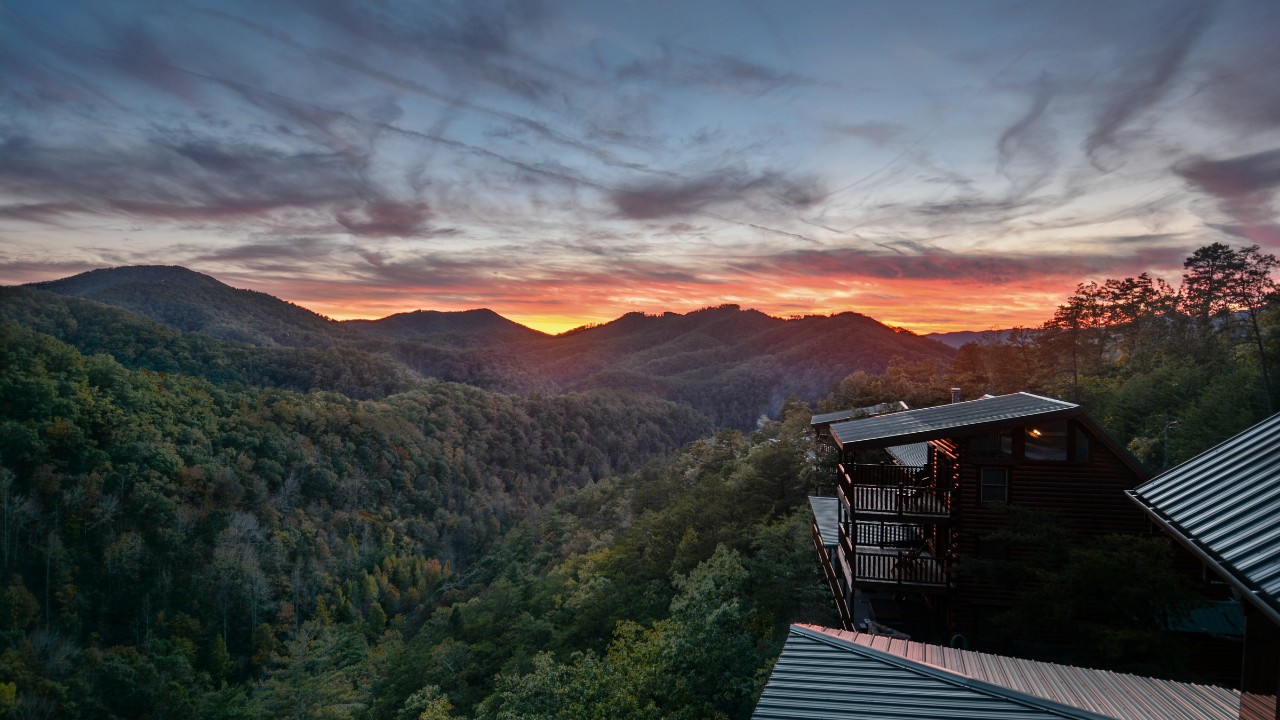
Spanning the border of Tennessee and North Carolina, Great Smoky Mountains National Park is a destination rich in biodiversity, scenic beauty, and Appalachian heritage. Whether you’re chasing waterfalls, hiking to panoramic peaks, or simply soaking in mountain serenity, this park is an unforgettable experience for first-time visitors.
Overview
- Location & Size: Over 500,000 acres of forested mountain terrain along the Appalachian chain.
- Highlights: Lush valleys, historic cabins, mist-covered ridges, wildlife like elk and black bears.
- Fun Fact: It’s the most-visited national park in the United States.
Photos


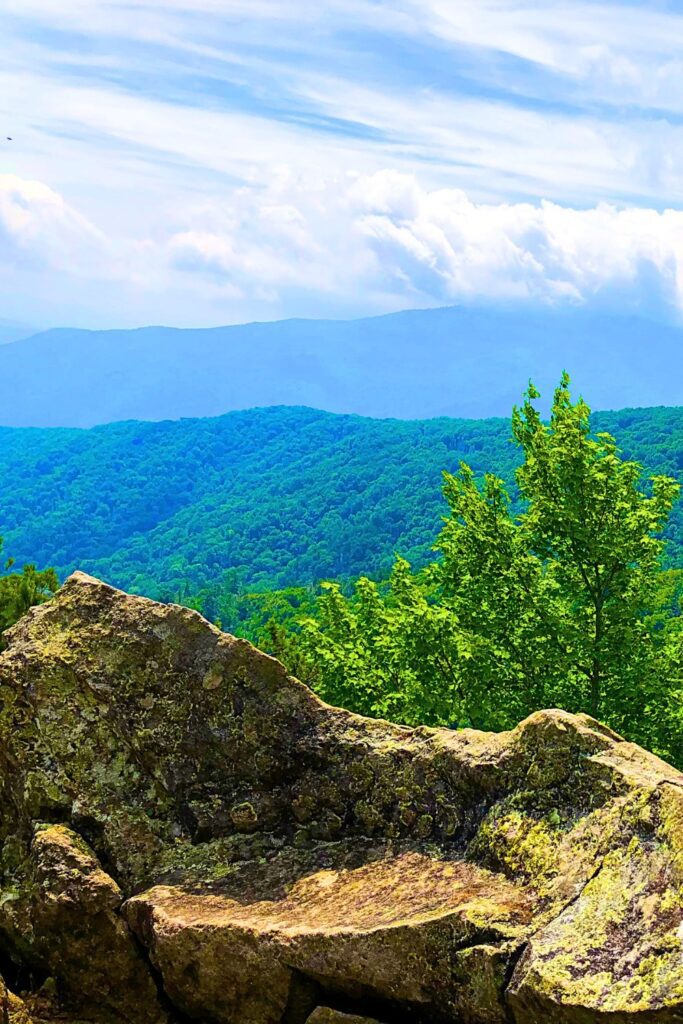
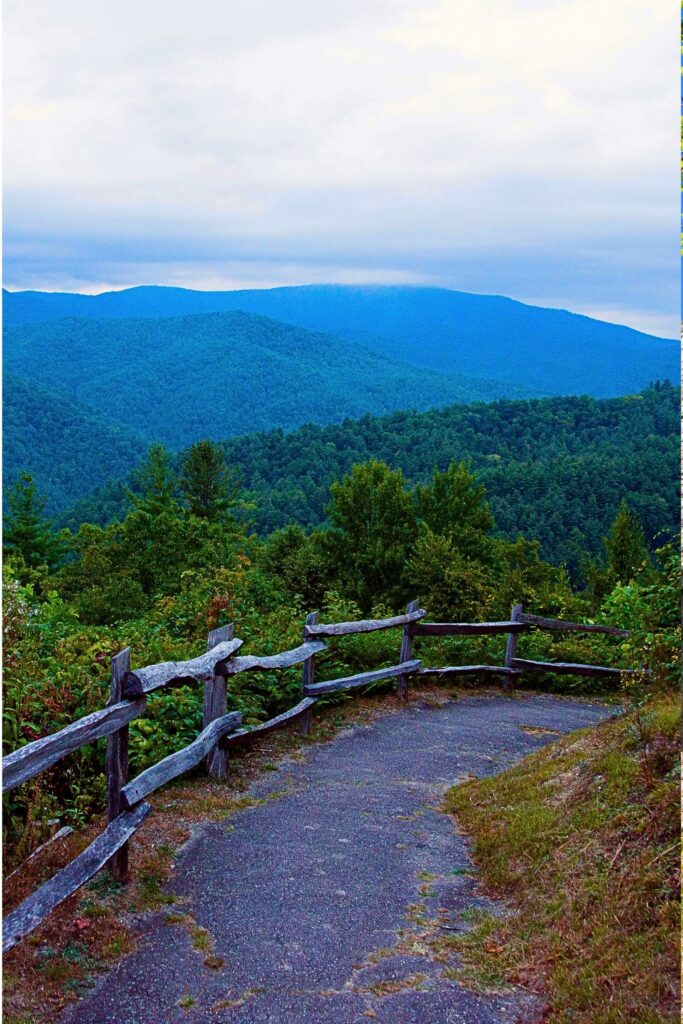

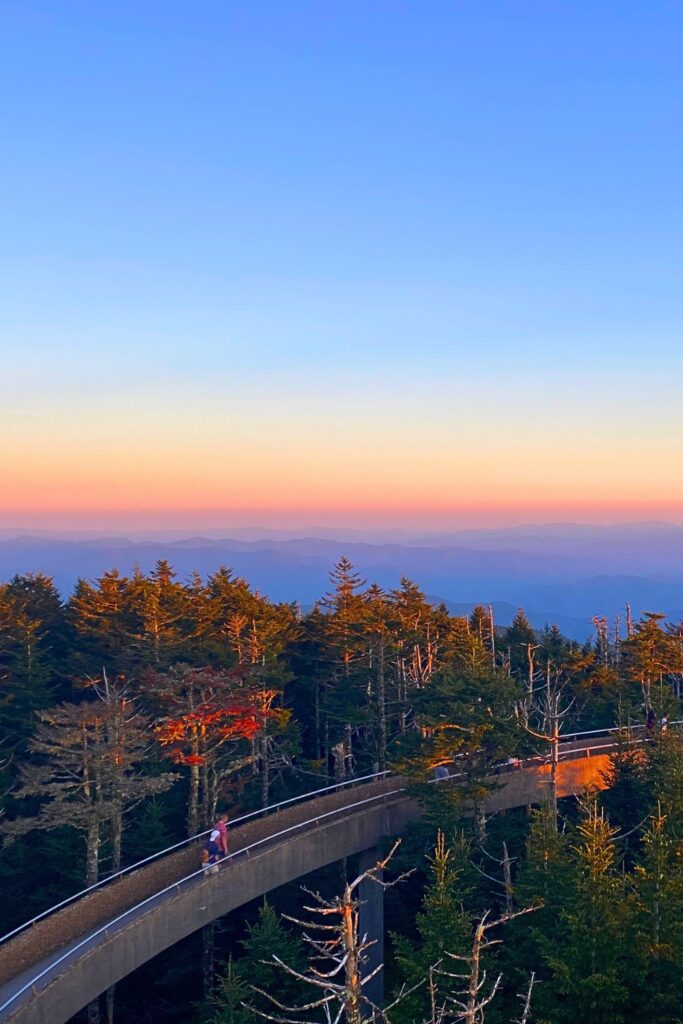

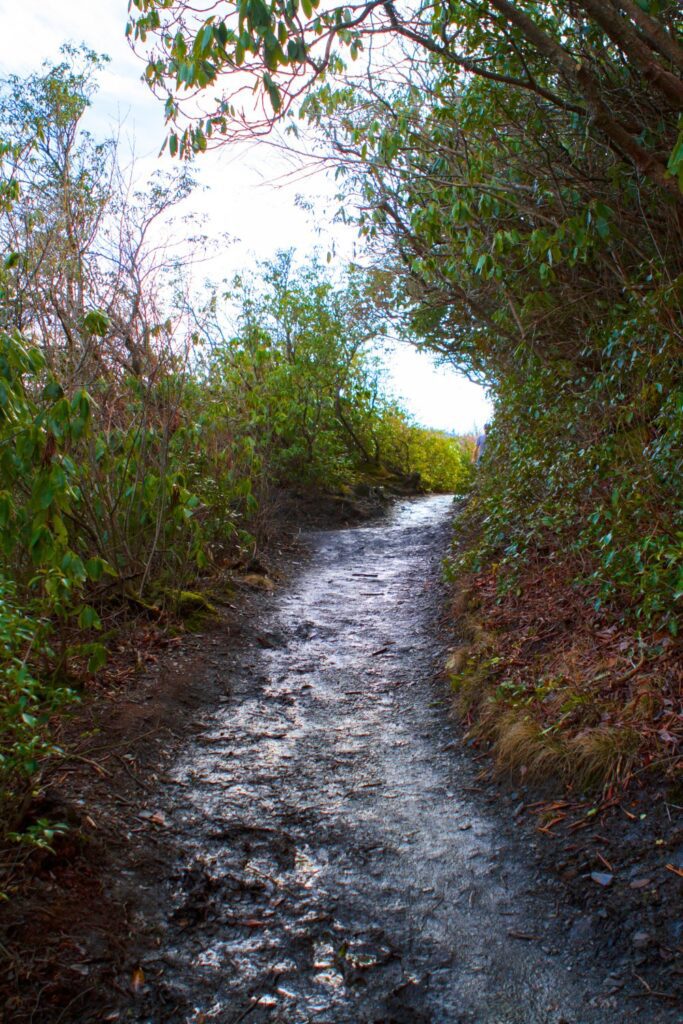
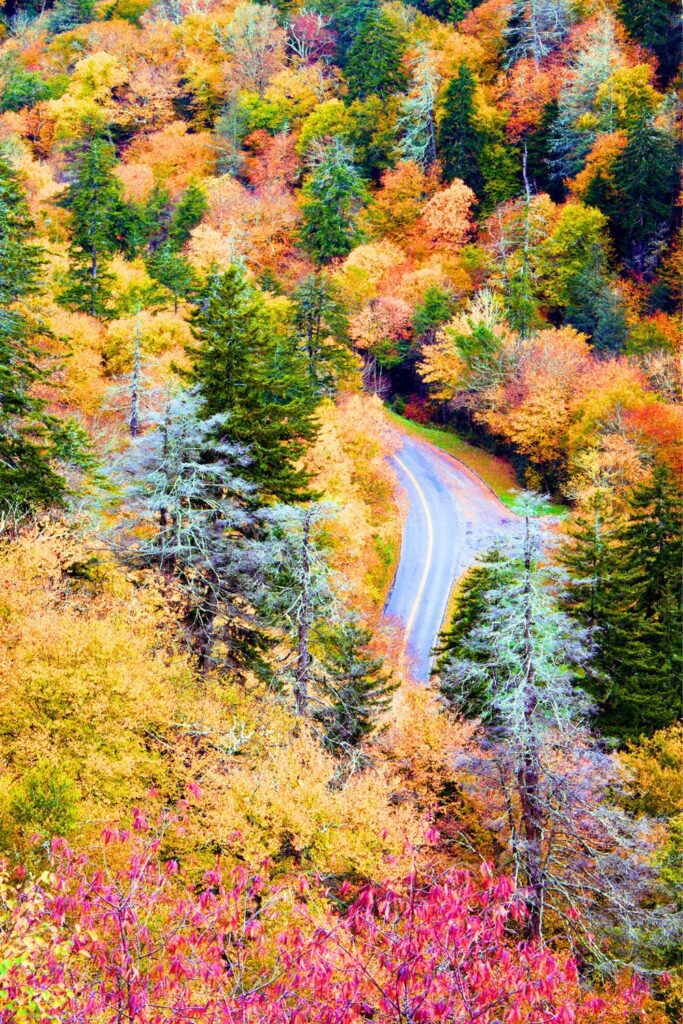

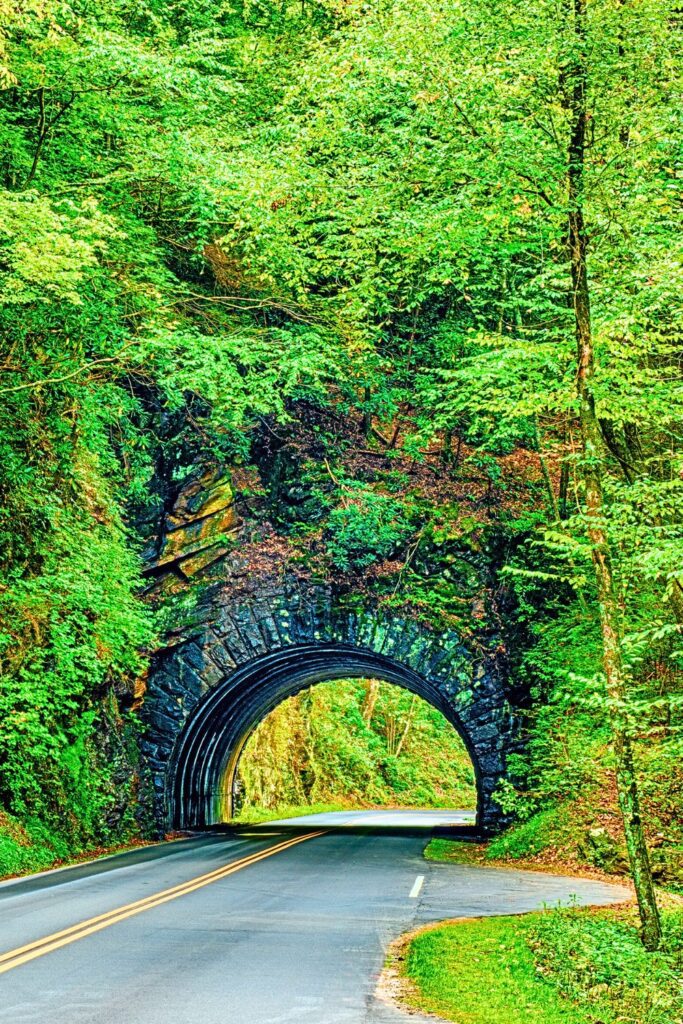
How to Get There
- By Car: Accessible via US-441 through Gatlinburg, TN or Cherokee, NC. Other major highways like I-40 provide quick access.
- By Air: Fly into McGhee Tyson Airport (TYS) near Knoxville or Asheville Regional Airport (AVL).
- Shuttle Options: Gatlinburg and Pigeon Forge offer trolley systems during peak seasons.
Best Times to Visit
- Spring (April to May): Wildflowers in full bloom and flowing waterfalls.
- Summer (June to August): Lush greenery and ideal for high-elevation hiking. Expect large crowds.
- Fall (September to October): Famous for its vibrant foliage, peak color typically hits mid to late October.
- Winter (November to March): Quiet trails, snow-dusted peaks, and fewer visitors, though some roads and trails may close.
10 Best Things to Do
This park has so much to do that it’s hard to cover it into 10 activities, which is why I recommend checking out this Tripadvisor page on top of the list to get even more ideas from visitors:
- Clingmans Dome – The highest point in the park, with a short paved trail leading to a panoramic observation tower.
- Cades Cove – Scenic valley drive with abundant wildlife, restored log cabins, and churches.
- Roaring Fork Motor Nature Trail – One-way loop with historic buildings and hiking access.
- Laurel Falls – Paved 2.6-mile hike to one of the park’s most photogenic waterfalls.
- Oconaluftee Visitor Center & Mountain Farm Museum – Learn about mountain life and Appalachian culture.
- Newfound Gap – A key overlook where Franklin D. Roosevelt dedicated the park in 1940.
- Grotto Falls – A unique hike where you can walk behind the waterfall.
- Elkmont Historic District – Explore preserved summer homes and cabins.
- Foothills Parkway – Scenic drive with sweeping views, especially during fall.
- Wildlife Viewing – Black bears, deer, and wild turkeys can often be spotted, especially in Cades Cove.
Best Hikes (Beginner to Advanced)
Beginner
- Laurel Falls Trail (2.6 miles round-trip): Easy paved path to a waterfall.
- Cataract Falls Trail (1 mile round-trip): A short, family-friendly nature walk near Sugarlands Visitor Center.
- Fighting Creek Nature Trail (1.2-mile loop): Gentle trail with interpretive signs.
Intermediate
- Alum Cave Trail (4.4 miles round-trip to Arch Rock): Stone staircases, narrow crevices, and forested views.
- Andrews Bald (3.6 miles round-trip): A relatively easy high-elevation hike with open meadows.
- Charlies Bunion (8 miles round-trip): Appalachian Trail hike with dramatic cliff views.
Advanced
- Chimney Tops (4 miles round-trip): Steep and strenuous but with rewarding vistas.
- Mount LeConte via Alum Cave Trail (11 miles round-trip): Iconic backcountry trek with lodge access at the top.
- Gregory Bald (8–11 miles depending on route): Known for flame azaleas in summer and panoramic views.
Hidden Gems in the Great Smoky Mountains
While the popular spots like Clingmans Dome and Cades Cove are must-sees, the park also hides some incredible off-the-beaten-path experiences. These lesser-known areas are perfect if you want to explore the quieter, more secret side of the Smokies.
1. Greenbrier Cove
A peaceful alternative to the crowds, this area features wildflowers in spring, lesser-traveled trails, and the stunning Ramsey Cascades—the tallest waterfall in the park.
2. Middle Prong Trail (Tremont)
Once a logging community, this trail offers mossy bridges, multiple waterfalls, and rich photo opportunities without the usual foot traffic.
3. House of the Fairies
A moss-covered stone springhouse located along the Twin Creeks Trail near Gatlinburg, this whimsical spot looks straight out of a fairytale.
4. Cataloochee Valley
Located on the North Carolina side, this remote area offers historic buildings, abundant elk sightings, and solitude with scenic beauty.
5. Spruce Flats Falls
Accessed via a short hike from the Tremont Institute, this hidden waterfall is a rewarding stop with far fewer crowds than Laurel Falls.
6. Little Greenbrier School and Walker Sisters Cabin
A preserved schoolhouse and homestead offer a glimpse into mountain life and are reached by a peaceful hike through the woods.
Packing List
You can get the majority of the items on this list on my Amazon gear store:
- Comfortable hiking shoes or boots
- Rain jacket or windbreaker
- Moisture-wicking layers
- Reusable water bottle or hydration pack
- Snacks or trail food
- Trail map or offline GPS
- Bug spray and sunscreen
- Binoculars and camera for wildlife or views
- Daypack for essentials
- Bear spray (optional but good for peace of mind)
Where to Stay
- In-Park Options: Check listings
- Nearby Towns: Check options
Things to Know Before You Go
- Entrance Fee: There is no park entrance fee, but a paid parking tag is required as of 2023.
- Wildlife: Never feed animals. Stay at least 50 yards from bears and elk.
- Weather: Mountain weather changes quickly, be prepared for cooler temps at higher elevations.
- Cell Service: Often limited, download offline maps.
- Safety: Stick to marked trails and pack out all trash.
- Permits: Required for backcountry camping and overnight parking in some areas.
Related
Final Thoughts
Whether you’re taking in the morning mist from Clingmans Dome, cruising through the valleys of Cades Cove, or summiting rugged peaks, Great Smoky Mountains National Park offers something for everyone. First-time visitors are sure to find unforgettable beauty, quiet trails, and a deep appreciation for this Appalachian treasure. With the right preparation, your journey into the Smokies will be the start of a lifelong connection to the mountains.
